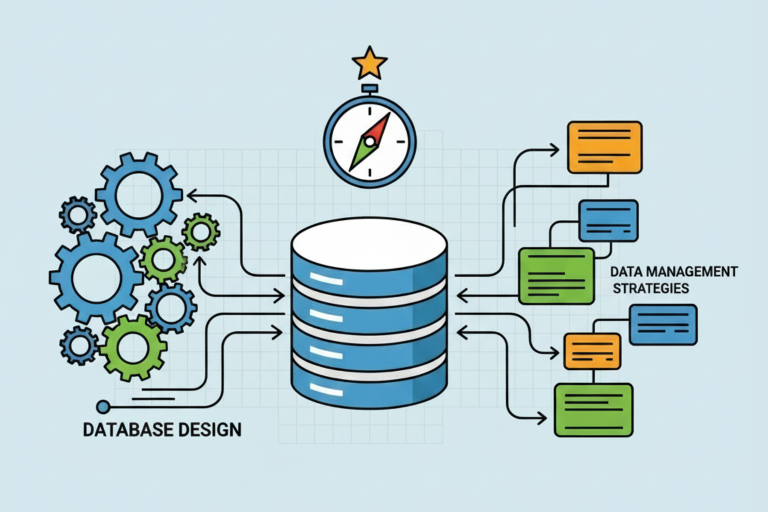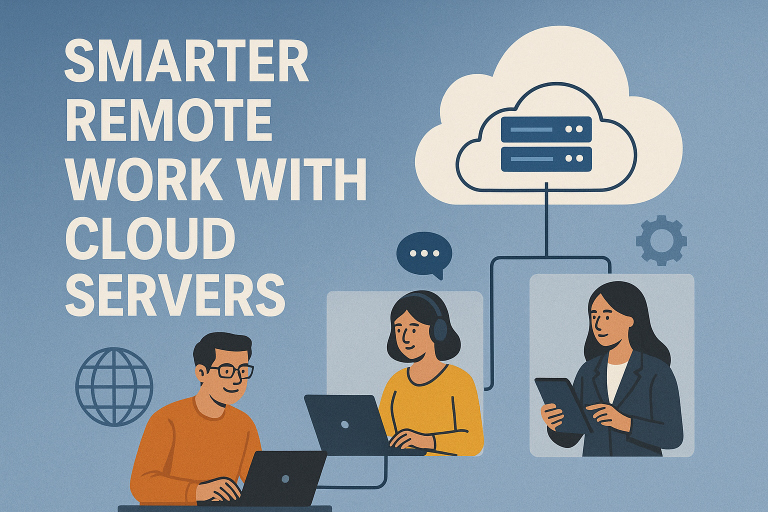
DBMS stands for ‘Database Management System’, and RDBMS stands for ‘Relational Database Management system’. In both cases, the data and its management system are the key concerns. Let’s start with the basics to better understand DBMS and RDBMS, their benefits, utility, and differences.
What is data?
Data is information collected and organized in a structured format to facilitate movement or processing. Additionally, data can take various forms, such as numerical, textual, or image. As a result, data is always a critical and valuable asset to every organization. Therefore, you can use an organized information set to analyze and identify patterns and trends, make decisions, and develop strategies.
Structured data can be the best source to answer market demand and trend-related questions, make predictions, solve problems, and extract information. You can categorize data into two groups: static and dynamic.
- Static data: Data that does not change often. Example: list of countries or product names.
- Dynamic data: Data that frequently changes depending on other factors. Example: list of customers, customers’ locations, orders, etc.
What is a Database?
A database is an organized form of collected data designed for easy access, updating, modification, management, control, and organization. Specifically, in a database, structured information is stored electronically, usually in a tabular format, within computer systems. Consequently, this organized data is well-suited for retrieving valuable information.
Data stored in databases can be used for various purposes, such as
> To make informed business decisions
> Improve business processes
> Keep track of customers
> Store personal data
> Store data for the website
> Managing inventory
To manage data properly in a database and utilize the stored data effectively, a database management system (DBMS) often controls databases. Moreover, data processing plays a key role, as it involves the collection, organization, analysis, and presentation of data. Depending on the quantity of data, data processing can range from simple to complex. Consequently, it allows for the retrieval of meaningful information from a database.
What is a database management system (DBMS)?
A DBMS allows users to create and manage a database, enabling them to store, retrieve, and manipulate information efficiently. Additionally, it provides various tools to create, update, and delete data within the database. Furthermore, a DBMS offers tools to create and delete tables and indexes, which help manage the database more effectively. Moreover, you can control users’ access to the database through these DBMS tools.
There are mainly four types of DBMS:
- Relational DBMS: This is the most common type of DBMS. This database management system uses a tabular structure to store data.
- Object-oriented DBMS: ODBMS is a system storing information as objects.
- Graph-based DBMS: The information is stored as nodes and relationships (as a graph structure) instead of tables or documents.
- NoSQL DBMS: This is the latest DBMS type. This database management systems use a non-tabular structure to store data.
Apart from the DBMSs mentioned above, there are some other types of database management systems, such as:
> XML DBMS
> Cloud DBMS
> Network DBMS
> Distributed DBMS
> In-Memory DBMS
> Multi-value DBMS
> Hierarchical DBMS
Benefits of DBMS
DBMS is a software package designed to create, manipulate, and manage a database. There are multiple benefits of DBMSs, such as:
Data Integrity: A DBMS is beneficial to maintain data integrity as it implements data integrity constraints. A DBMS ensures that data is consistent, accurate, and reliable over time.
Data Security: A DBMS protects your stored data through different access control mechanisms such as user profiles, passwords, and other authentication methods. Therefore, only authorized users can access the data stored in a DBMS, and that ensures data security.
Data Redundancy: A DBMS stores data in a single centralized location, which helps minimize data redundancy. Consequently, eliminating data redundancy reduces the amount of data in the database management system and, in turn, simplifies the data manipulation process.
Data Consistency: A DBMS also ensures data consistency, allowing all users to access the same up-to-date information.
Cost Reduction: Cost reduction is a vital benefit. A database management system reduces the cost associated with data storage and data management.
What is a Relational Database Management System (RDBMS)?
An RDBMS is a database management approach that uses relational techniques to store, sort, and retrieve data. Specifically, a relational database stores data in row-based table structures that connect related data elements. Furthermore, RDBMSs support the Structured Query Language (SQL) to manage relational databases and retrieve data from them. Notably, SQL is a standard programming language, and RDBMSs rely on SQL to insert, update, delete, and query data in the database.
Nowadays, RDBMSs are the most popular database management systems due to their robust and flexible way of storing, retrieving and managing data.
Benefits of RDBMS
Relational database management systems are commonly used in web-based applications, customer relationship management, and financial systems. RDBMSs are most appropriate for managing large volumes of data. The key advantages of relational databases include the following:
Categorized data: In a relational database, administrators can store data in an organized way. As data remains correctly classified is an RDBMS that can be easily queried and filtered to extract information for reports.
Easy to use: The most powerful advantage of an RDBMS is the privilege of using SQL. As a result, users can retrieve data using complex queries with ease. Moreover, SQL simplifies and enhances interactions with a database, allowing users to efficiently store, retrieve, manipulate, and manage data.
Atomicity: An RDBMS completes all transactions in an atomic manner. Atomicity also ensures data integrity and consistency.
Accuracy: In an RDBMS, data is stored just once. Unique data storage procedures eliminate data duplication.
Reliability: RDBMSs offer reliable systems for storing, updating, and retrieving data. It also ensures data security by maintaining an audit trail for every transaction.
Scalability: RDBMS is highly scalable and can accommodate a massive amount of data in an organized manner.
Key differences between a DBMS and an RDBMS
An application stores, retrieves, and manages data in a database management system. In contrast, an RDBMS is a particular type of DBMS that keeps data in a relational database and offers some added benefit to the users.
Conclusion
This article will help you to understand the basic idea about DBMS and RDBMS, their benefits, and their differences. If you want to enhance your database management knowledge, you can consult with a reliable cloud IT consulting company. IT consulting services can help you to choose the proper database management system according to your business needs.






